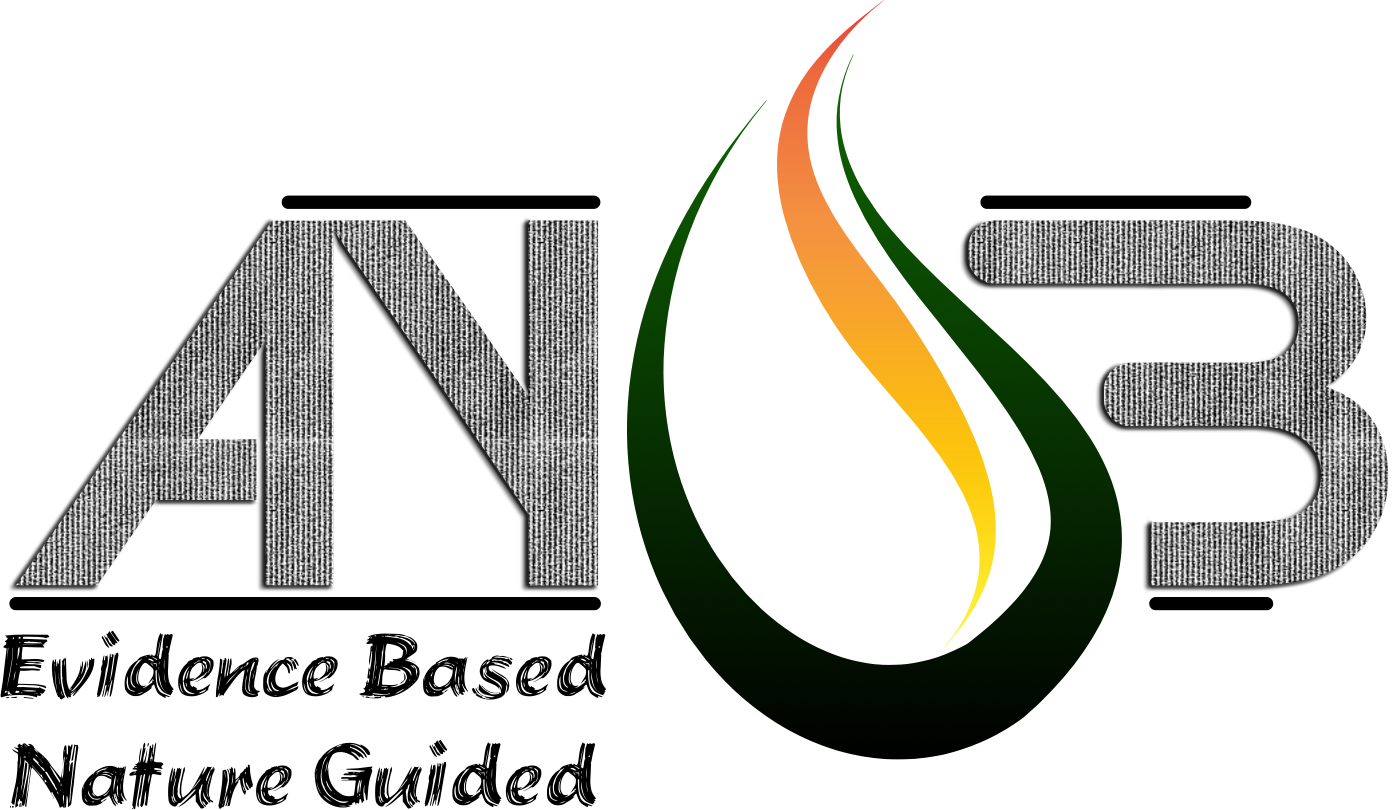3D Animation which depicts the growth of a tumor.
The very popular cancer therapy is targeted therapy. Within a heterogeneous population of cancer cells, based on patients disease presentations, oncologists identify the most important molecule or pathway and administer therapeutic drugs that kill cancer cells use that molecule or pathway for survival or progression. In another word, targeted therapy is so-called whack a mole therapy, targeting one molecule at a time. However, even within a cancer patient, cancer cells consist of a heterogeneous population representing different gene mutations or pathway alteration. Targeted therapy might be useful to block or kill one population of cells but not others. When the cancer progress, other molecules need to be targeted.
Other than the challenging chemotherapy resistance to targeted therapy, tissue distribution is another issue. Crossing BBB is a persistent challenge to pharmaceutical industries. Currently, less than five percent of drugs (made up of very small molecules) are able to cross the barrier
In order for a substance to cross BBB (blood brain barrier) :
1- It should be lipophilic
2- Small to Moderate Molecular Weight (up to 800 Dalton in some studies).Endogenous Hormones like Insulin are exceptions
Most anti cancers are derived from plants origin;
Vinca alkaloids; from Catharanthus (Madagascar Periwinkle)
Vincristine, Vinblastine, Vinorelbine, Vindesine.
Podophyllotoxin; from Podophyllum peltatum, commonly called Mayapple
Taxanes; from the bark of the Pacific Yew tree
Topoisomerase inhibitors;
Camptotheca (Happy tree) in China and roots of American Mayapple
Cytotoxic antibiotics
“Global cancer burden rises to 14.1 million new cases in 2012
Cancer is a leading cause of death worldwide, accounting for 8.2 million deaths in 2012”
3D medical animation that shows the different methods for treating cancer.
Out of the more than 250,000 known plant species, <1% have been thoroughly tested for medical applications. Yet out of this tiny portion have come 25% of our prescription medicines!
All phytochemicals (Chemicals components naturally occurring in plants that may have biological significance) subjected to re-synthesis lose most (if not all) of their potency!
Scientists estimate that there may be as many as 10,000 different phytochemicals having the potential of affecting diseases ranging from inflammatory ones, metabolic, to cancer.


